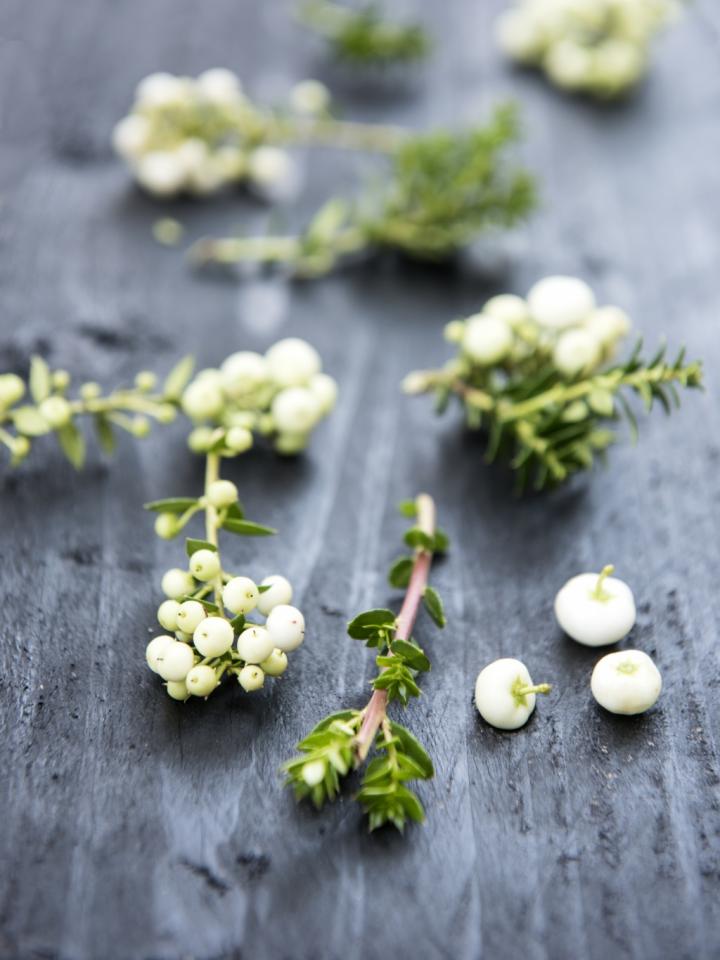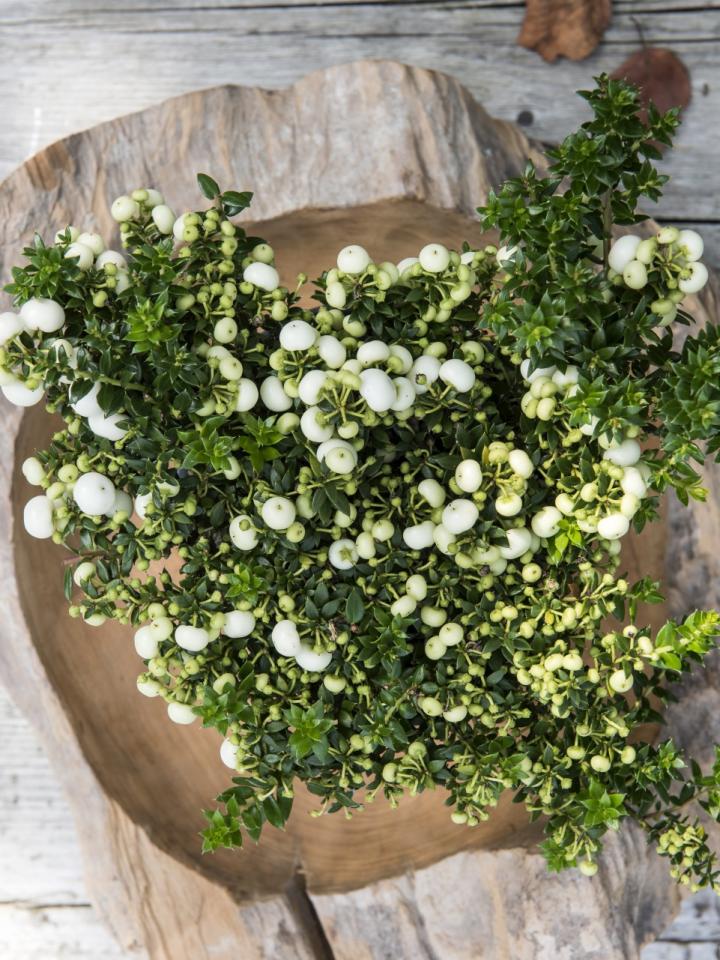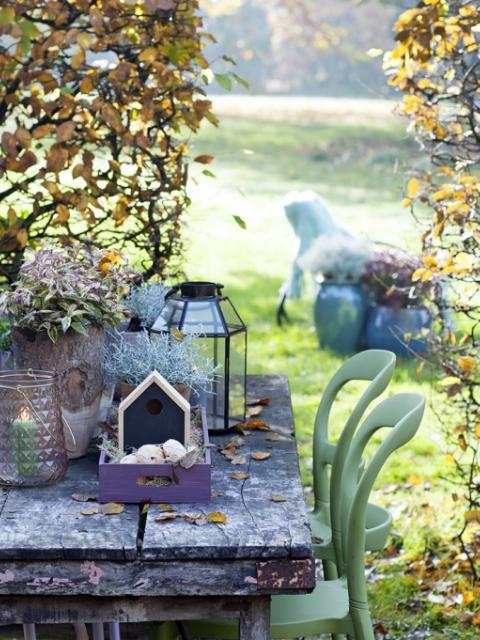Prickly heath, which has the official name Pernettya mucronata, is an evergreen low shrub with small, dark, shiny green leaves. When it flowers in May and June, these contrast beautifully with sprays of small, often white bell-shaped flowers. Those flowers then turn to beautiful eye-catching large berries which remain on the plant for a long time like clusters of pearls. The berries can be white, lilac, pink, crimson, brilliant pink, dark red or white with pink spots, depending on the variety. You can plant prickly heath in beds, as groundcover, or in containers and pots.
Origin
Prickly heath is native to southern Argentina and Chile down to Tierra del Fuego, where it forms extensive fields. The plant is a member of the heather family, and is a sister of checkerberry. Prickly heath grows outwards, with a diameter of some 1.5 metres in the wild. The plant that you can buy in the shops or garden centre will remain much smaller. It shares its wild sibling’s characteristic of remaining compact in the sun, and spreading in the shade.
Trivia
-
The plant's official name is Pernettya mucronata. The name is derived from the Latin word 'Perneo', which means to spin. The word refers to the round berries which are as large as marbles.
-
Prickly heath is the most common plant above the tree line in the volcanic areas of southern Chile.
-
Birds can eat the wild berries, but your prickly heath is not suitable for human consumption.











